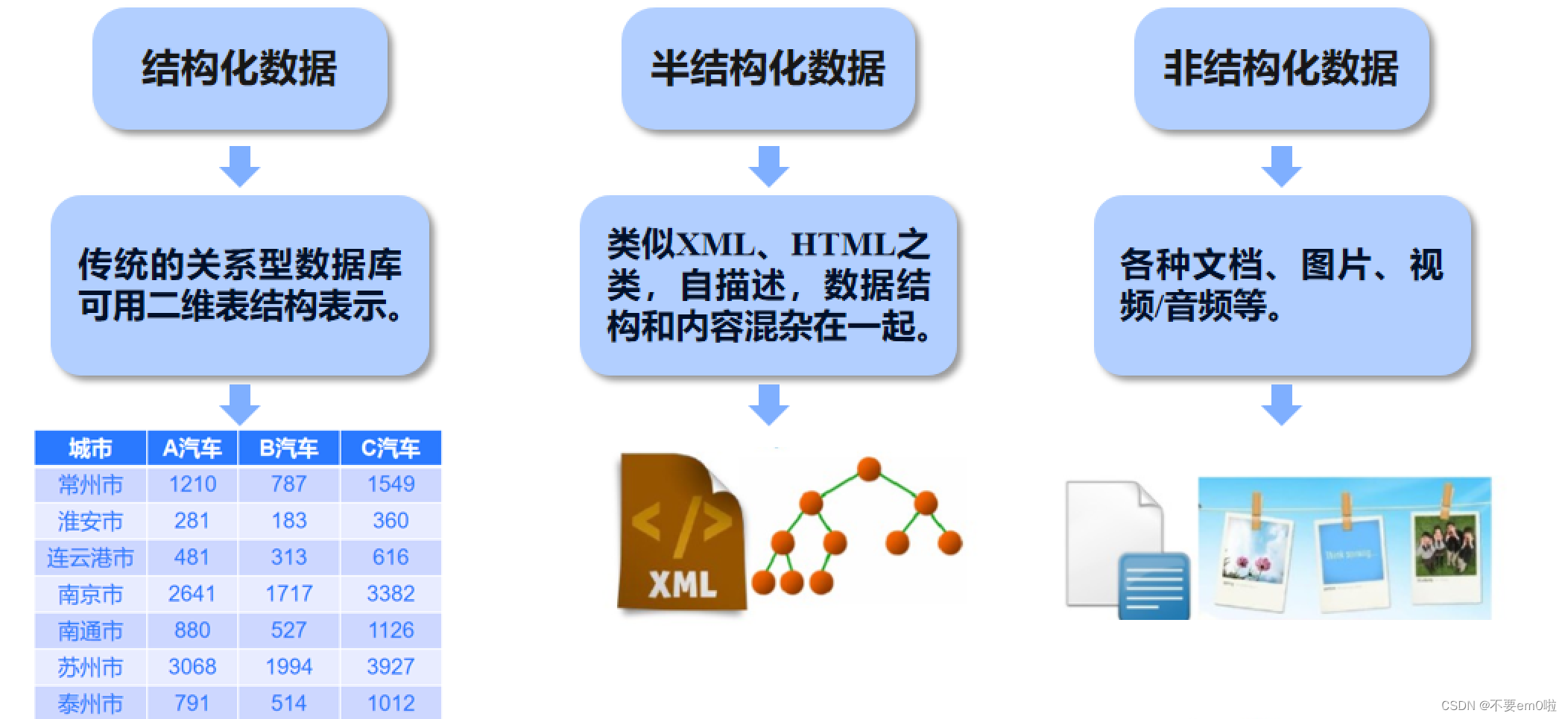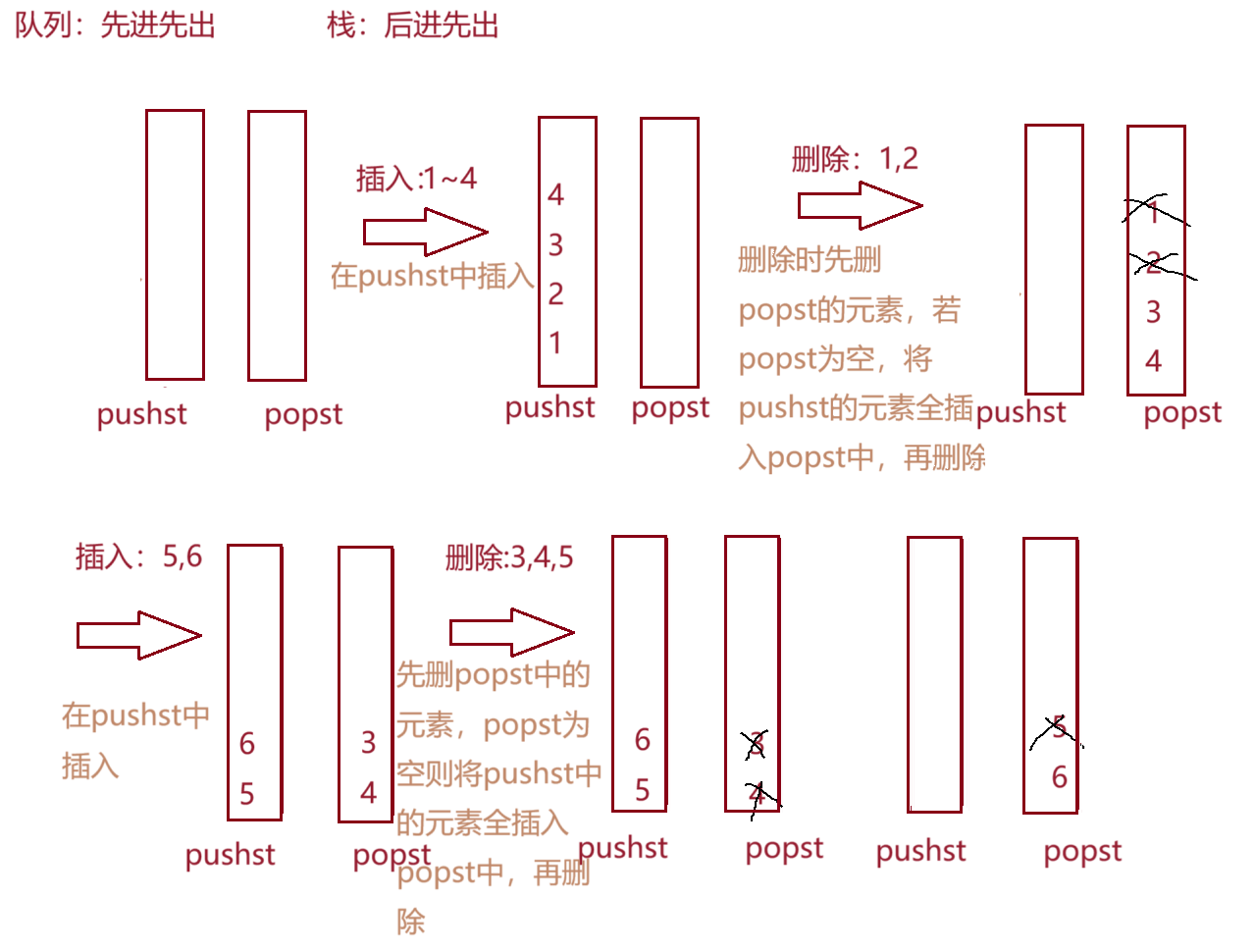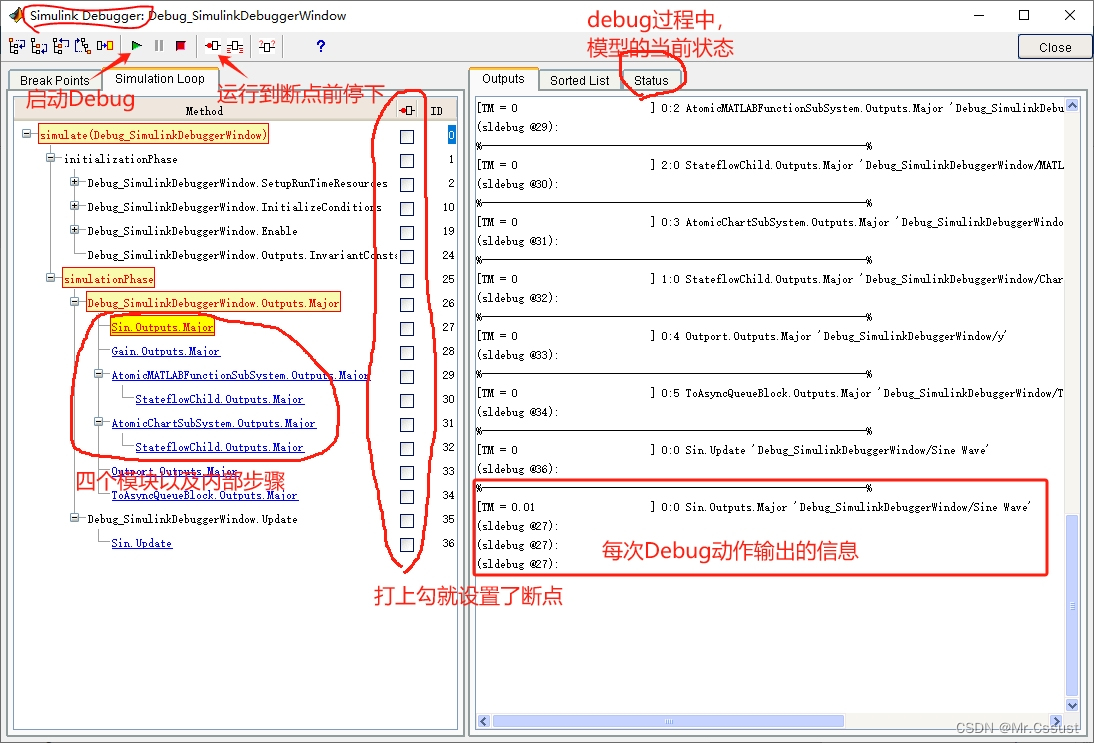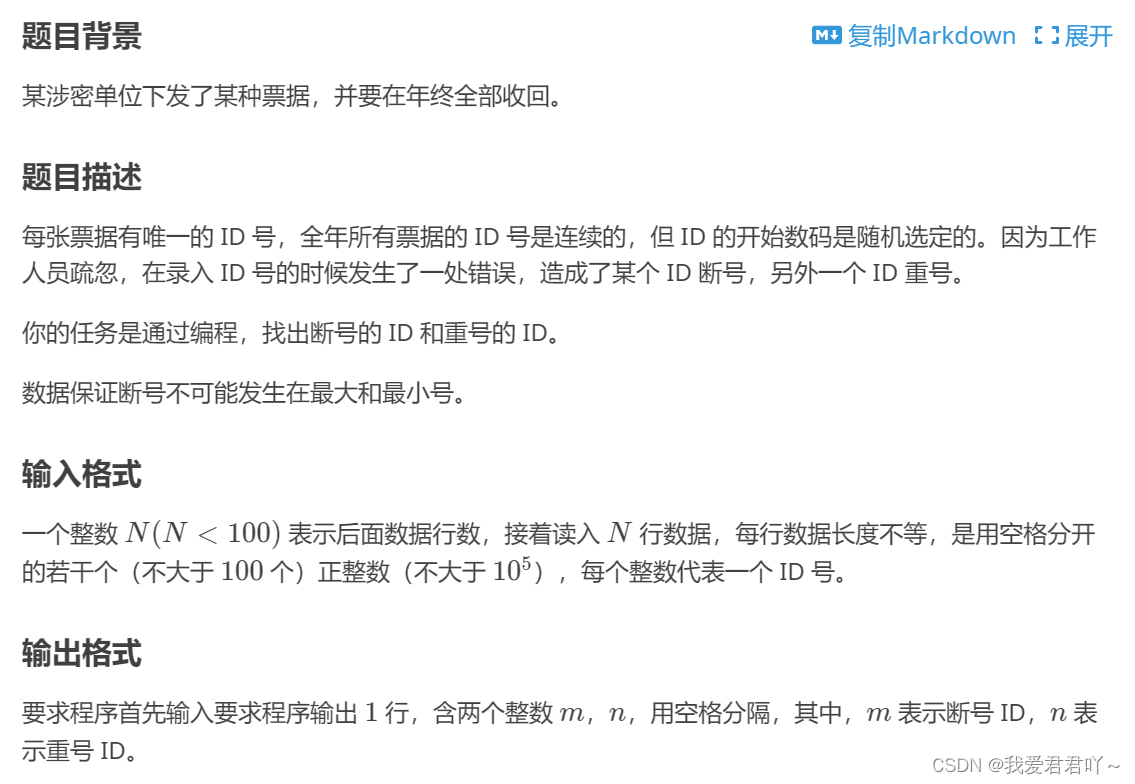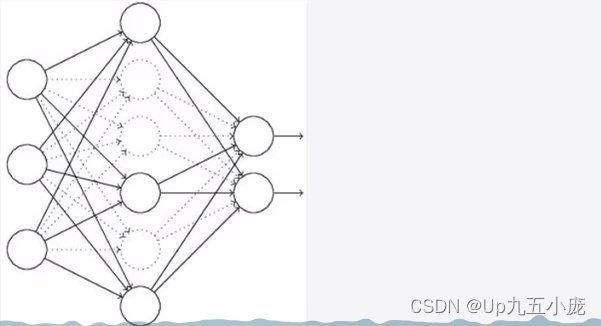现有一棵由 n 个节点组成的无向树,节点编号从 0 到 n - 1 ,共有 n - 1 条边。
给你一个二维整数数组 edges ,长度为 n - 1 ,其中 edges[i] = [ai, bi] 表示树中节点 ai 和 bi 之间存在一条边。另给你一个整数数组 restricted 表示 受限 节点。
在不访问受限节点的前提下,返回你可以从节点 0 到达的 最多 节点数目。
注意,节点 0 不 会标记为受限节点。
示例 1:
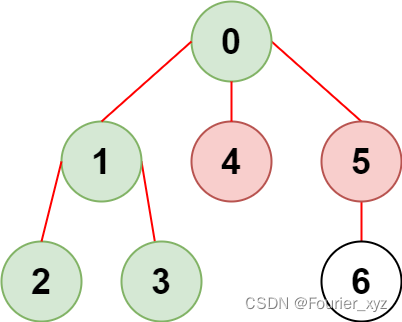
输入:n = 7, edges = [[0,1],[1,2],[3,1],[4,0],[0,5],[5,6]], restricted = [4,5]
输出:4
解释:上图所示正是这棵树。
在不访问受限节点的前提下,只有节点 [0,1,2,3] 可以从节点 0 到达。
解:
根据自己理解撸出来的简易并查集:
class Solution:
def reachableNodes(self, n: int, edges: List[List[int]], restricted: List[int]) -> int:
# 个人实现的简单并查集
node_cnt = 0
disjoint_set = list(range(n))
restricted_map = {}
for i in restricted: restricted_map[i] = True
for i,j in edges:
if(i in restricted_map or j in restricted_map): continue
self.merge(disjoint_set,i,j)
root = self.find(disjoint_set,0)
for i in range(n):
if(self.find(disjoint_set,i) == root): node_cnt += 1
# print(disjoint_set)
return node_cnt
def merge(self,disjoint_set,i,j):
root_i = self.find(disjoint_set,i)
root_j = self.find(disjoint_set,j)
# 暴力合树
if(root_j != root_i):
disjoint_set[root_i] = root_j
def find(self,disjoint_set,i):
if(disjoint_set[i] != i):
disjoint_set[i] = self.find(disjoint_set,disjoint_set[i])
return disjoint_set[i]

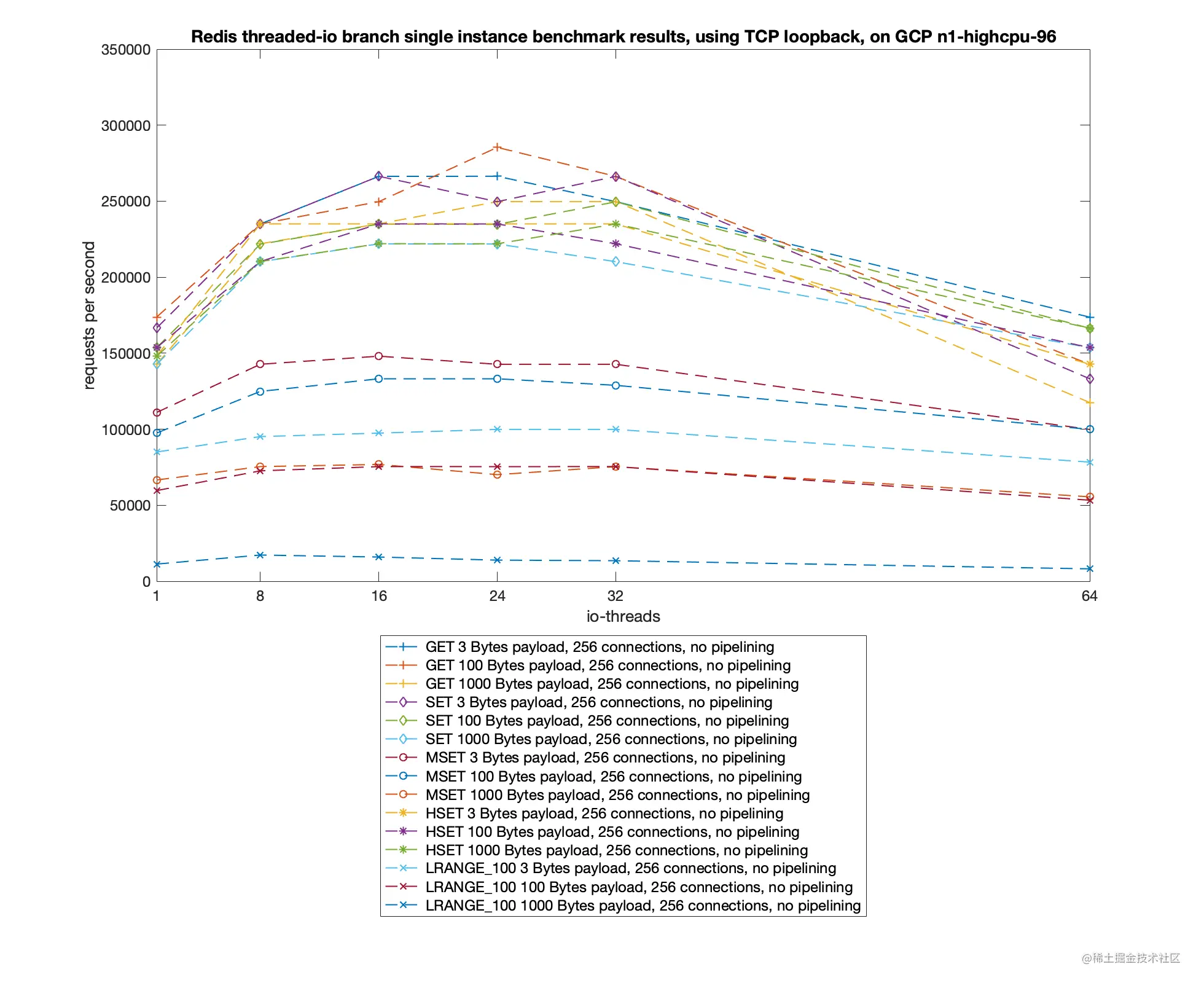


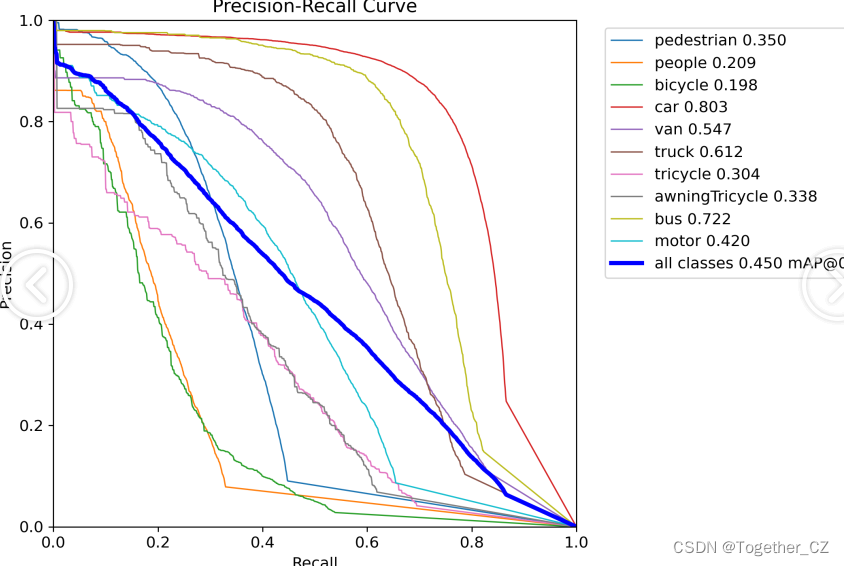
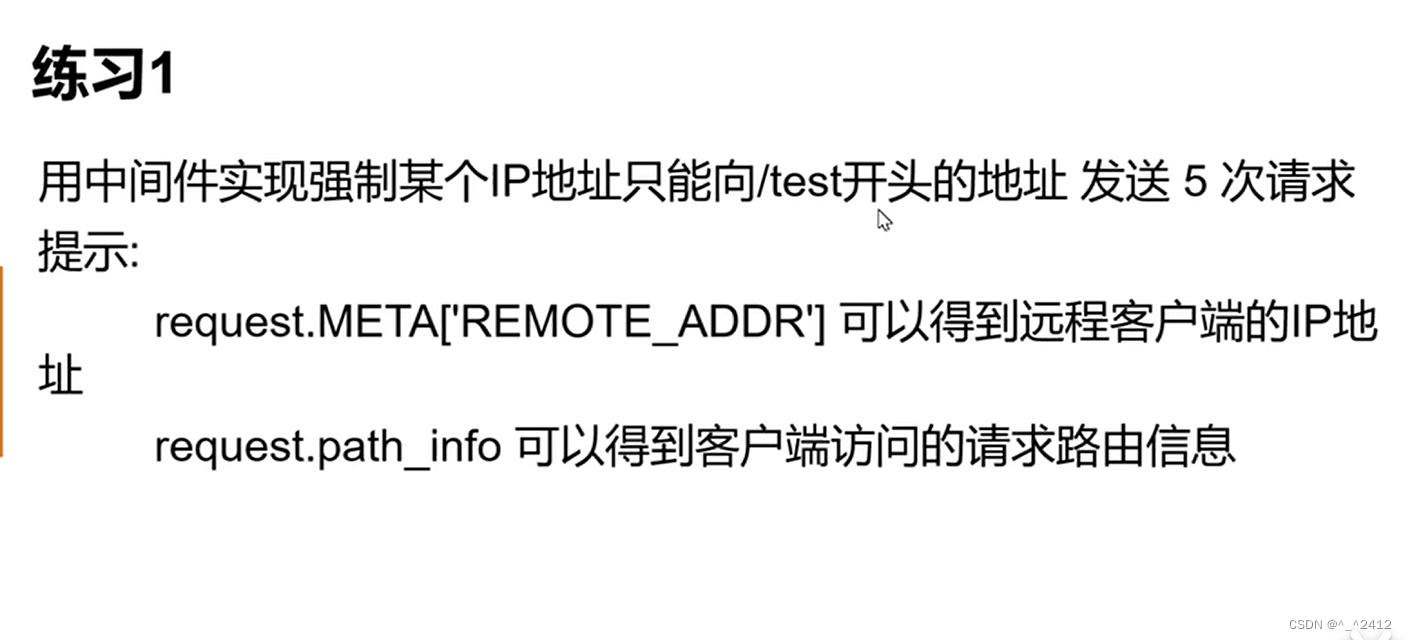

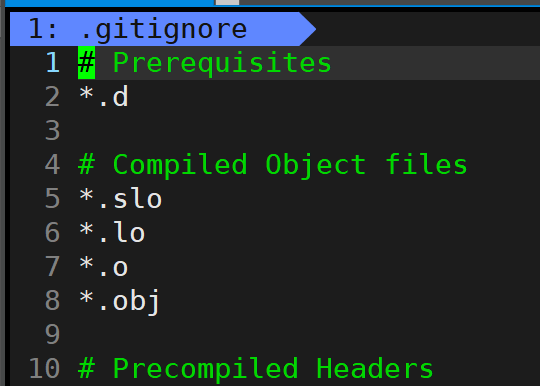
![LeetCode 刷题 [C++] 第121题.买卖股票的最佳时机](https://img-blog.csdnimg.cn/direct/b9e8f88aa84e4542a8802a1c421fe21b.png)


